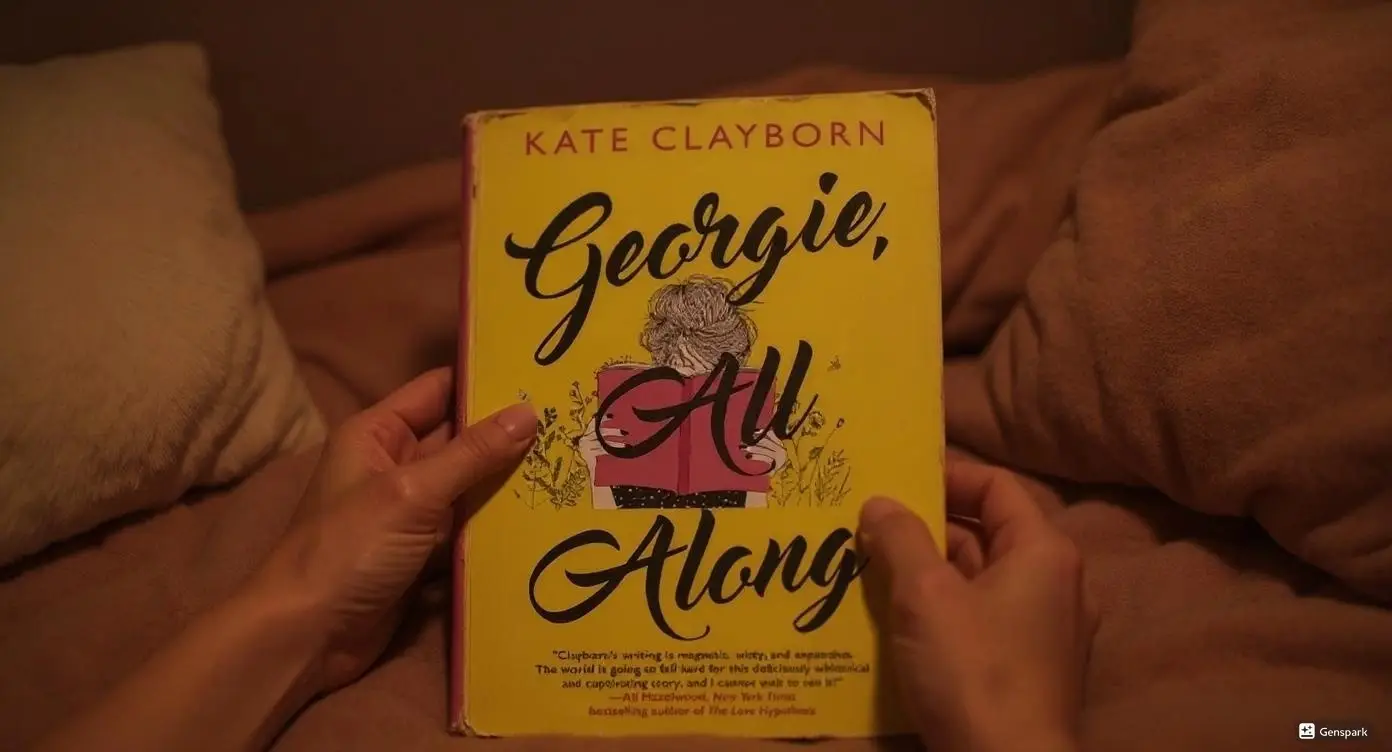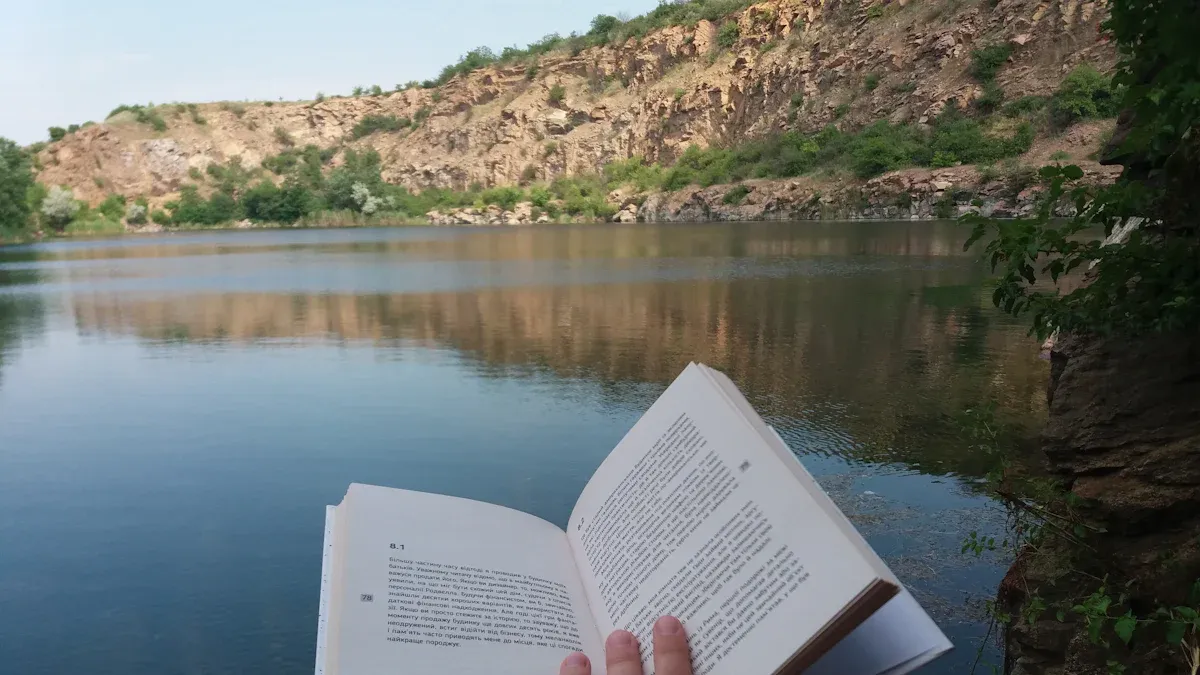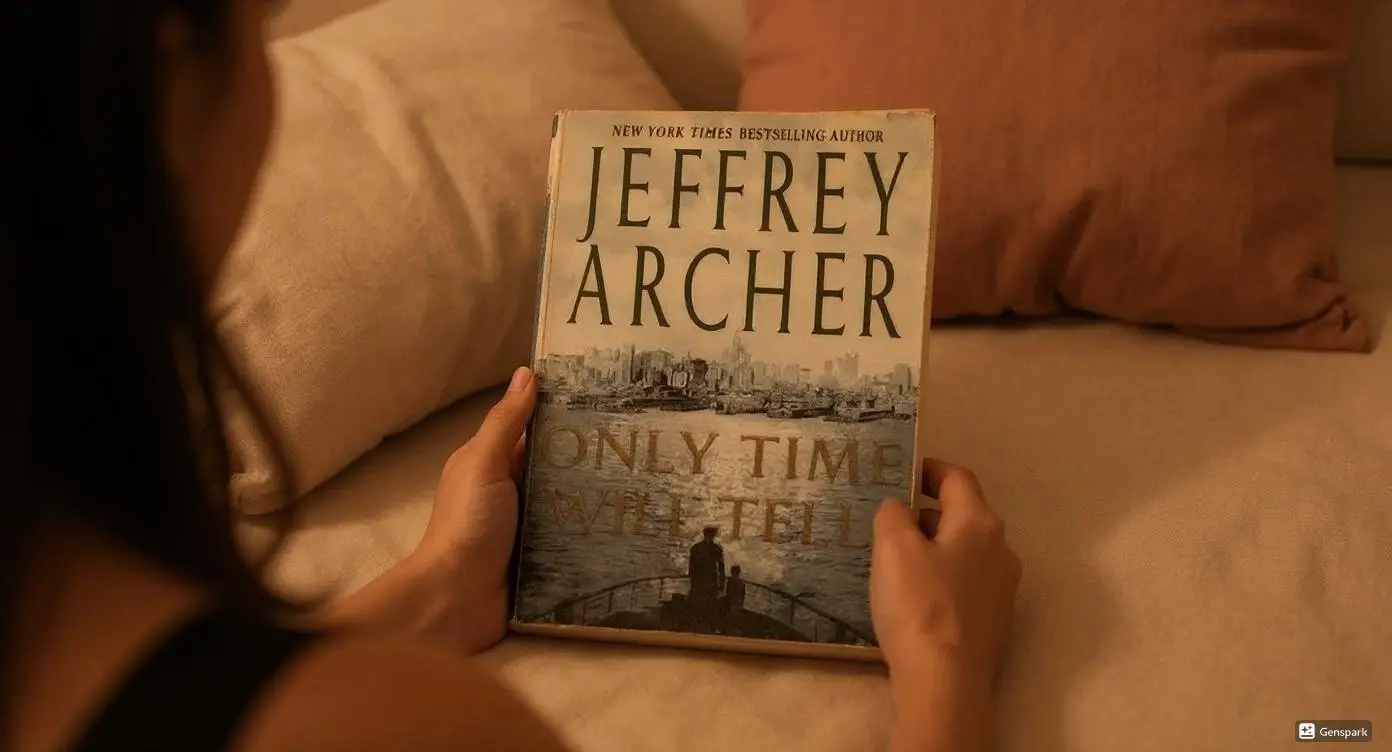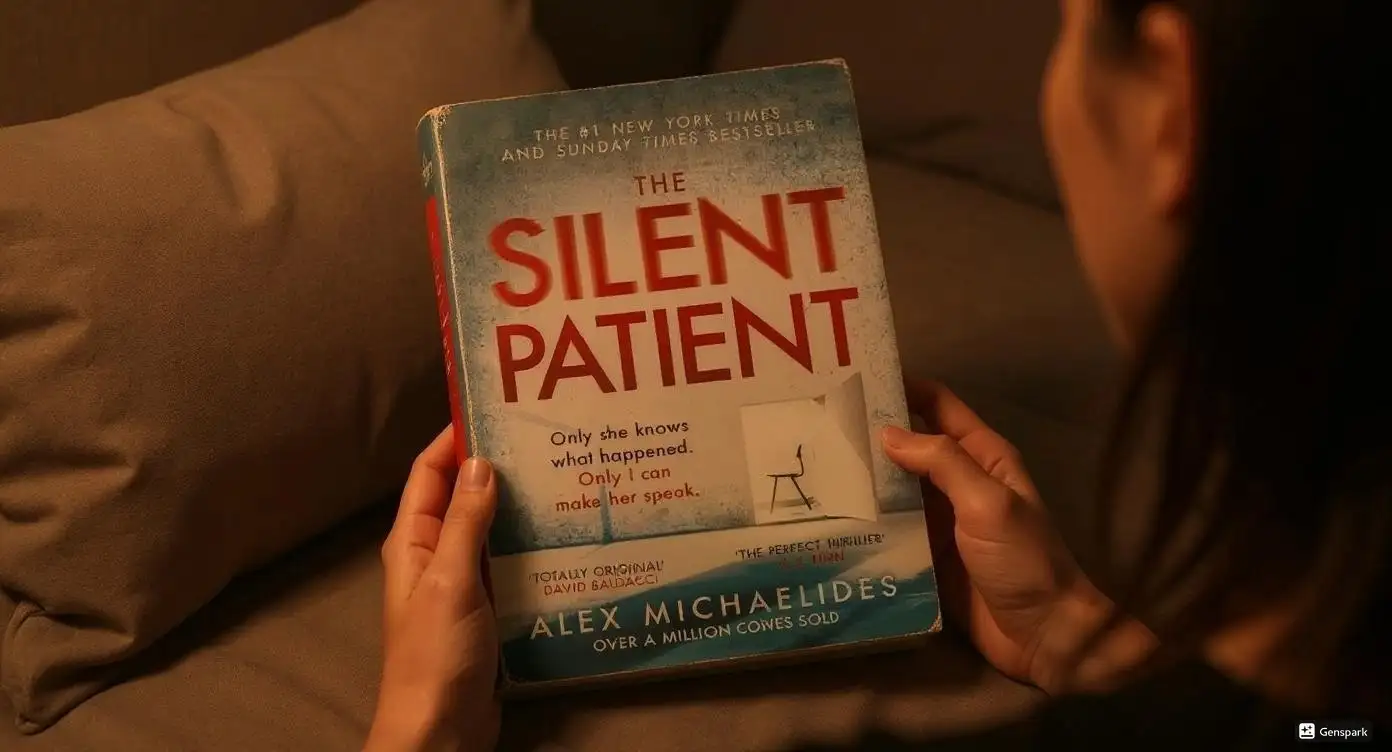I want to be honest—Penelope’s Bones: A New History of Homers World through the Women Written Out of It caught my eye right away. I kept reading late at night because I wanted to know more about these women’s secret stories. If you like ancient history or gender studies, this book feels new and exciting.
Key Takeaways
Penelope’s Bones shows the real lives of women in Homer’s world by using science and archaeology. It proves women were more than just background characters.
The book questions old stories by mixing expert ideas and new proof. This makes history feel new and exciting.
Emily Hauser writes clearly and does a lot of research. This makes the book fun for anyone who wants to learn about ancient history and women’s hidden stories.
Why Read Penelope’s Bones?
Unique Perspective on Homer’s World
I have to admit, I thought I knew the stories of Homer. I grew up with tales of Odysseus, Achilles, and Troy. But Penelope’s Bones: A New History of Homers World through the Women Written Out of It made me see everything in a new light. The book doesn’t just retell old myths. It digs into the real lives behind the legends.
Hauser mixes science, archaeology, and storytelling. She uses DNA analysis and facial reconstruction to show that these women were not just made-up characters. They had real lives, families, and struggles.
I found it wild that scientists have studied Bronze Age skeletons and even found warrior women buried with honors. That totally flips the script on what I learned in school.
The book pulls from many fields—linguistics, genetics, cell biology, and even biophysics. It’s like a detective story, but with ancient bones and lost voices.
I love that the essays in this book come from different experts. Each one brings a new idea or challenge to what we think we know about Homer’s world. Some essays even disagree with each other, which kept me on my toes.
“Reading this felt like I was sitting in on a heated debate at a conference, with each scholar fighting for their version of the truth.”
Even though the book doesn’t have a big introduction or index, I didn’t mind. The variety of views made it feel fresh and alive.
Focus on Women’s Stories
What really grabbed me was how Penelope’s Bones: A New History of Homers World through the Women Written Out of It puts women front and center. I’ve read so many books where women are just background characters. Here, they take the lead.
Hauser uses real archaeological finds, like dye workshops and kinship DNA studies, to show women’s roles in ancient economies and families.
I was surprised to learn about female warriors near the Black Sea. That image stuck with me. It’s not just Penelope and Helen—there are so many women whose stories got lost or ignored.
The book doesn’t just talk about myths. It connects the dots between what we read in Homer and what scientists have found in the ground.
Hauser’s writing feels both smart and easy to follow. She doesn’t talk down to the reader, but she also doesn’t get lost in jargon.
“I kept thinking about how many women’s voices we’ve missed in history. This book made me want to go back and reread every ancient story with new eyes.”
If you care about history, gender, or just want a new way to look at old stories, this book is worth your time. I have to give props to Hauser for making me question what I thought I knew.
Book Overview
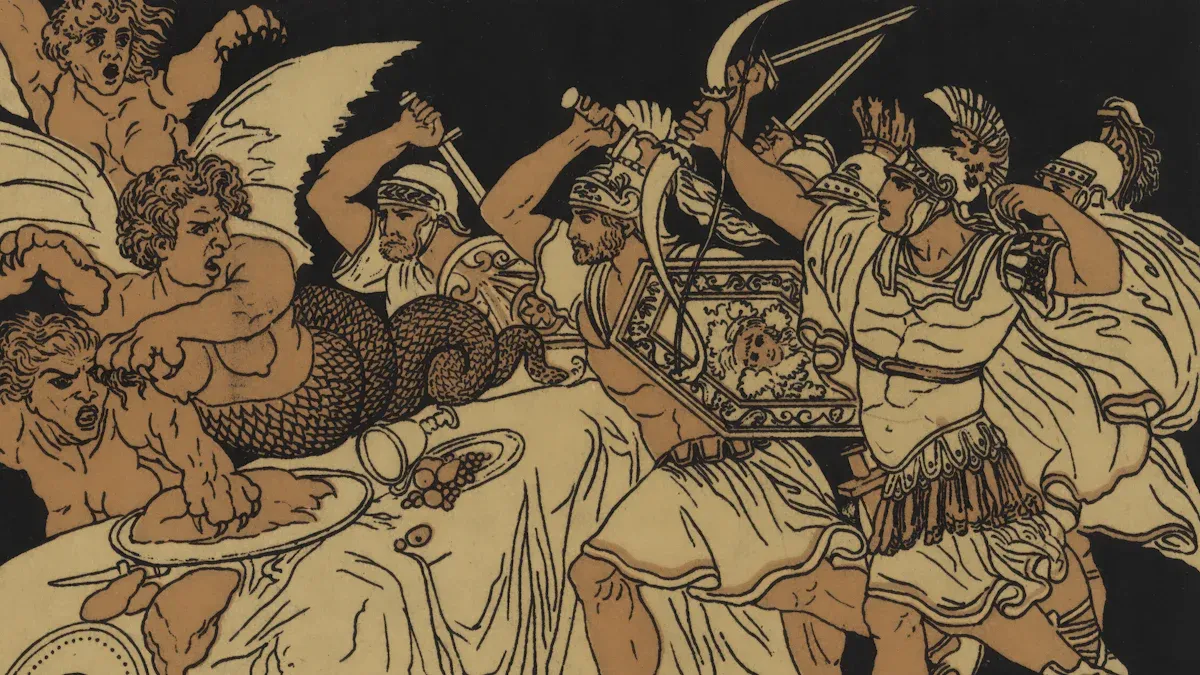
Structure and Approach
I like when a book is easy to follow. Penelope’s Bones: A New History of Homers World through the Women Written Out of It is well organized. This helped me read at night without getting confused. The book has three main parts. Each part feels different and interesting:
Part One: The Initial Formulations
These chapters set the stage. They explain how traditions and institutions last, even when other things change.Part Two: Refining Institutional Theory
This part goes deeper. The chapters show how institutions affect people’s lives. They use arguments and symbols to explain.Part Three: Empirical Investigations
I liked this section most. It uses real examples. The chapters talk about how groups form, how things change, and why people compete.
Different scholars write each part. So, I got to see many points of view. The clear setup made it easy to understand the big ideas.
Author Background
I always want to know who wrote a book, especially one that questions old stories. Emily Hauser knows a lot about ancient history and literature. She has written other books and articles about women in myth and history. This made me trust her ideas in Penelope’s Bones: A New History of Homers World through the Women Written Out of It.
Here’s a quick look at what makes her special:
Key Question to Assess Expertise | Where to Find Information | |
|---|---|---|
Educational Background | Does the author have education in the subject area they write about? | Often included in the publication or on the website |
Other Writings | Has the author written other works on the same or similar topics? | Included in the publication, website, or searchable databases |
Experience | Is the work written within the author’s field of expertise? | Usually found in the publication or website |
I did not find every detail about her career. But her writing and research made me feel like I could trust her.
Main Themes

Women in the Homeric Age
I never realized how much I missed by only seeing the men in Homer’s stories. This book made me stop and think about the women living in those ancient times. I saw Penelope, Helen, and others not just as side characters, but as real people with hopes and fears.
Hauser paints their lives with details from archaeology and science. I found myself picturing women running dye workshops, weaving, and even fighting as warriors. That image of a woman buried with weapons near the Black Sea stuck with me. It felt chilling and powerful.
Women shaped their families and communities.
They worked, traded, and sometimes led.
Their stories got lost, but their bones and artifacts tell us more.
I kept asking myself, “How many voices have we missed?” This book made me want to look for those missing pieces in every old story.
Challenging Traditional Narratives
I always thought Homer’s stories were set in stone. Turns out, scholars argue about them all the time! Some say Homer pulled from older myths, others think he made up stories to fit his needs. I learned that:
Neo-analysts like Wolfgang Kullmann believe Homer used outside sources, not just his own ideas.
Jasper Griffin suggests Homer sometimes invented myths that only sounded old.
Social anthropologists remind us that we can’t always know the real context behind these stories.
Computational linguistics shows the Iliad and Odyssey have many voices, not just one author.
Reading this, I realized the old stories are more like a patchwork quilt than a single thread. That made me see Homer’s world—and its women—in a whole new way.
Evidence and Methodology
Literary and Archaeological Evidence
I like when a book uses many clues to tell a story. Penelope’s Bones does this by using old writings, objects, and science. I was surprised by how much we can learn from things like grindstones or weaving tools. These items are not just “stuff.” They help us learn about real women’s lives.
Feminist archaeology sees gender as shaped by culture, not only biology. This helps us see ancient women as important people, not just in the background.
Elizabeth Lang studied grindstones in Egypt. She showed how women’s daily work shaped who they were and their place in the group.
Gretchen Meyers looked at textile tools and art from Italy. She showed women helped make special cloth for temples.
Joanne Cutler studied weaving in the Bronze Age Aegean. She linked women’s skills to how knowledge moved between places.
Stefania Sarno’s DNA studies showed women often stayed in one place. This means mothers passed down traditions.
These studies made me see that every artifact, from a loom weight to a grave, can help us find the stories of women like Penelope and Helen.
Scientific Insights
Science gives us new ways to learn about the past. I thought the DNA discoveries were amazing. Now, researchers can get genetic secrets from old bones and teeth. This is not just interesting. It changes what we know about where people lived and how they moved.
Recent DNA research helps us track big migrations, like the Yamnaya people moving into Europe. Scientists found men traveled more, but women’s family lines stayed the same.
New tools, like using the petrous bone for DNA, give better results from old skeletons. These findings help us see how women’s roles and movements shaped history.
Archaeological Discovery | Historical Narrative Impacted | Nature of Impact |
|---|---|---|
Trojan War | Confirmed the city’s existence and trade links |
I think Hauser did a great job putting all this evidence together. It made the book feel like a detective story, not just another retelling.
Impact and Critique
Strengths
I have to give props to Hauser for how she pulls together so many different fields. Reading this book felt like watching a group of experts from science, history, and literature all sit at the same table. The way she mixes DNA research, archaeology, and classic stories made me see the past in a new way.
I loved how the book didn’t just stick to one method. It reminded me of those big research centers that break down walls between subjects to solve tough questions. That kind of teamwork brings out new ideas you just can’t get from one field alone.
Comprehensive research: The book covers everything from ancient bones to old poems.
Interdisciplinary approach: Hauser uses science, history, and storytelling together.
Fresh insights: I found myself surprised by how much we can learn when experts share their tools and ideas.
This mix of methods made the book feel alive. It’s not just a retelling—it’s a real investigation.
Limitations
To be fair, the book isn’t perfect. Sometimes, I wanted more clear answers. Some chapters felt more like a debate than a story. I noticed that when lots of experts write together, it can get a bit messy. Not every essay digs deep—some just describe things instead of really questioning them.
Some reviews say it’s hard to keep a strong, critical voice when so many writers join in.
There’s a risk of just listing facts without asking bigger questions.
Mixing so many methods can make it tough to tie everything together.
I also wish the book had more about how these new discoveries change our view of the old stories. Still, I liked that it made me think and question what I thought I knew.
Who Should Read Penelope’s Bones: A New History of Homers World through the Women Written Out of It
Ideal Readers
I kept asking myself, “Who would love this book as much as I did?” I think Penelope’s Bones: A New History of Homers World through the Women Written Out of It speaks to a wide group. If you’re curious about ancient stories or want to see history from a new angle, you’ll find something here.
I noticed that even young readers, like school starters, can get hooked on stories when they feel excited and confident about reading. That early spark matters more than just knowing all the facts. I saw that in myself, too—I didn’t need to be an expert to get pulled in. If you enjoy learning about women’s lives, ancient mysteries, or just want to challenge what you learned in school, this book will keep you turning pages.
“You don’t need a PhD to enjoy this. You just need a little curiosity and a love for stories that make you think.”
Academic and General Appeal
I have to give props to Hauser for making this book work for both serious researchers and casual readers. I saw that the book covers big topics—history, economics, and even science—without making it feel like homework. Here’s what stood out to me:
The book welcomes everyone: teachers, students, researchers, and even people who just like a good story.
Each chapter feels clear, even if you don’t know much about archaeology or DNA.
The authors come from all over the world, so you get lots of different views.
The book uses real studies and survey data, but it never gets too technical.
I felt like I was invited to a big table where everyone’s voice mattered. If you want a book that’s smart but not snobby, Penelope’s Bones: A New History of Homers World through the Women Written Out of It is a solid pick.
I finished Penelope’s Bones: A New History of Homers World through the Women Written Out of It feeling both inspired and a little frustrated. I saw how history books still leave women out, even now:
Textbooks from 2000 and 2010 barely improved at showing women’s stories.
New research methods help us find lost voices and check old facts.
I recommend this book to anyone who wants to see ancient stories in a new way. I give it a solid 7/10.
Sip The Unknown—Discover Stories You Never Knew You’d Love!
Dionysus Reviews Has A Book For Every Mood
Biography & Memoir
Fiction
Mystery & Detective
Nonfiction
Philosophy
Psychology
Romance
Science Fiction & Fantasy
Teens & Young Adult
Thriller & Suspense
Frequently Asked Questions
Is Penelope’s Bones hard to read if I don’t know much about Homer?
Not at all! I found the writing clear and friendly. You don’t need to be a classics expert to follow along.
Does the book focus only on Penelope and Helen?
Nope. The book highlights many forgotten women from Homer’s time. I loved learning about female warriors and workers I’d never heard of before.
Will I find new facts or just theories?
You’ll get both. Hauser mixes real archaeological finds with smart guesses. I liked seeing how science and stories work together.


